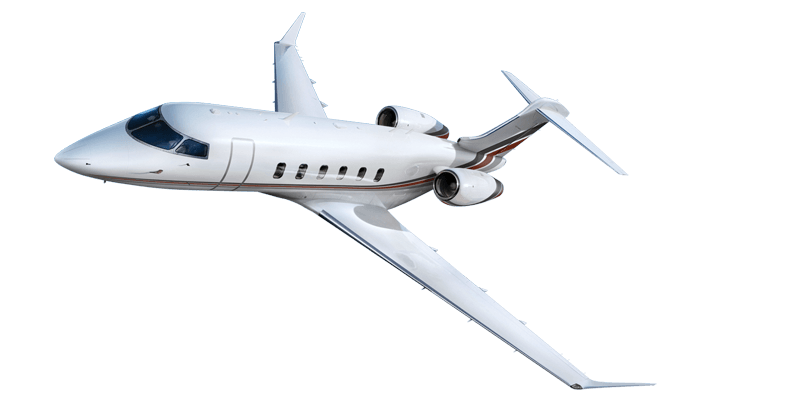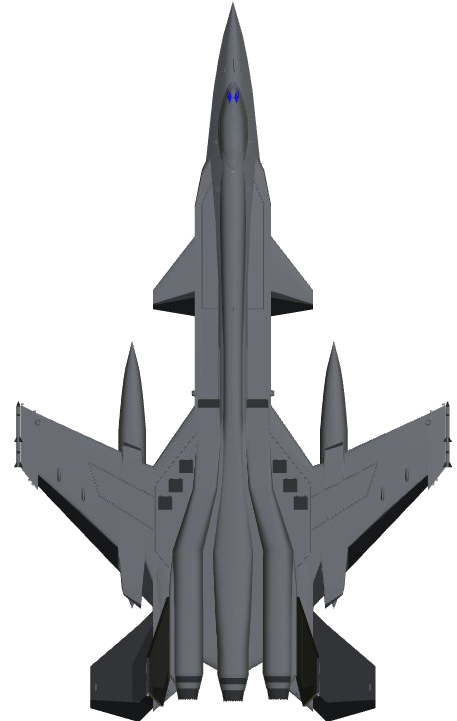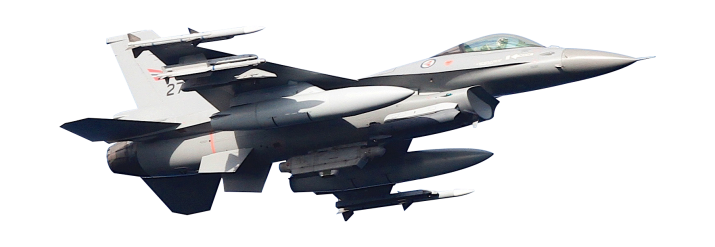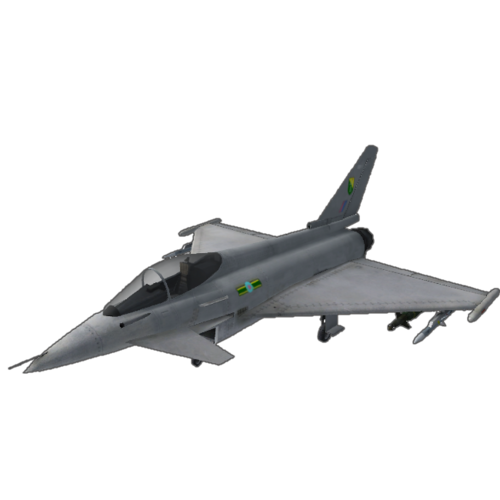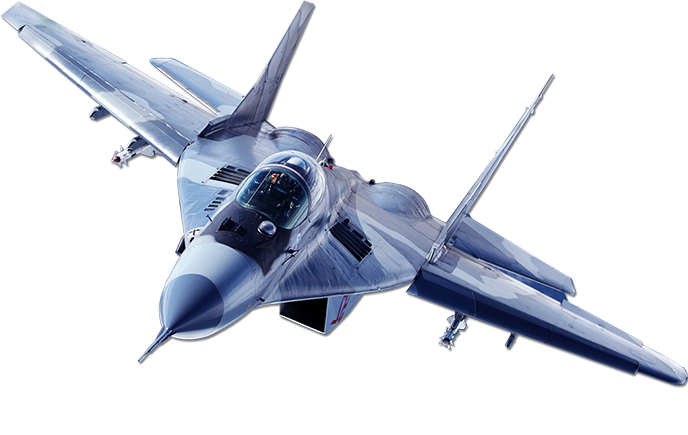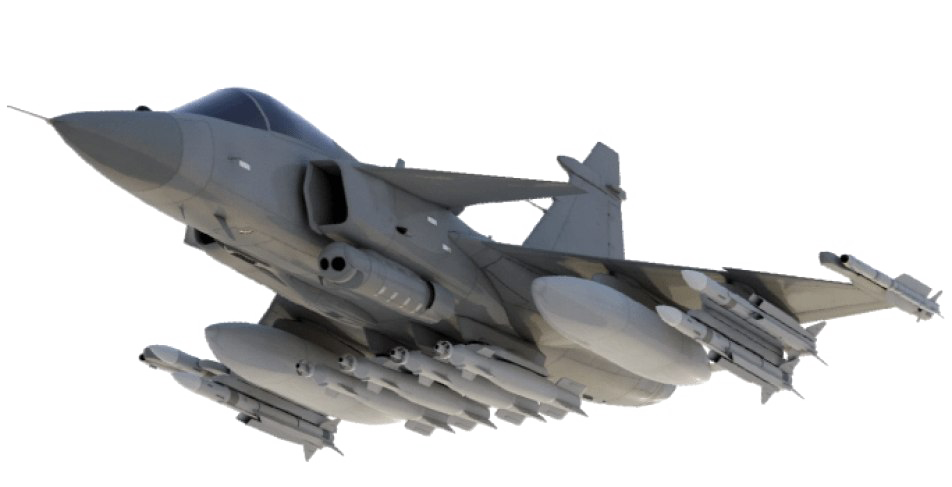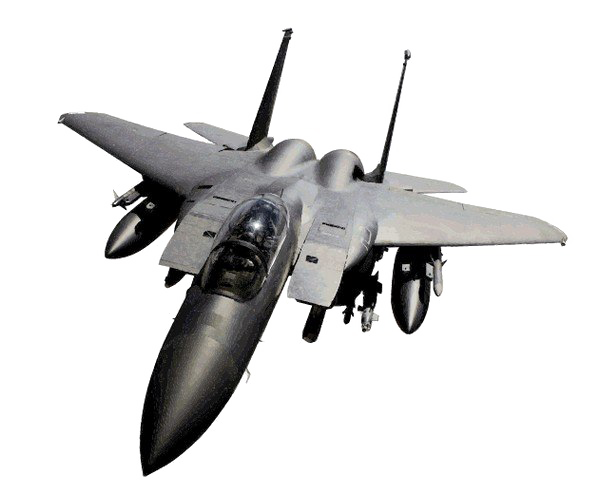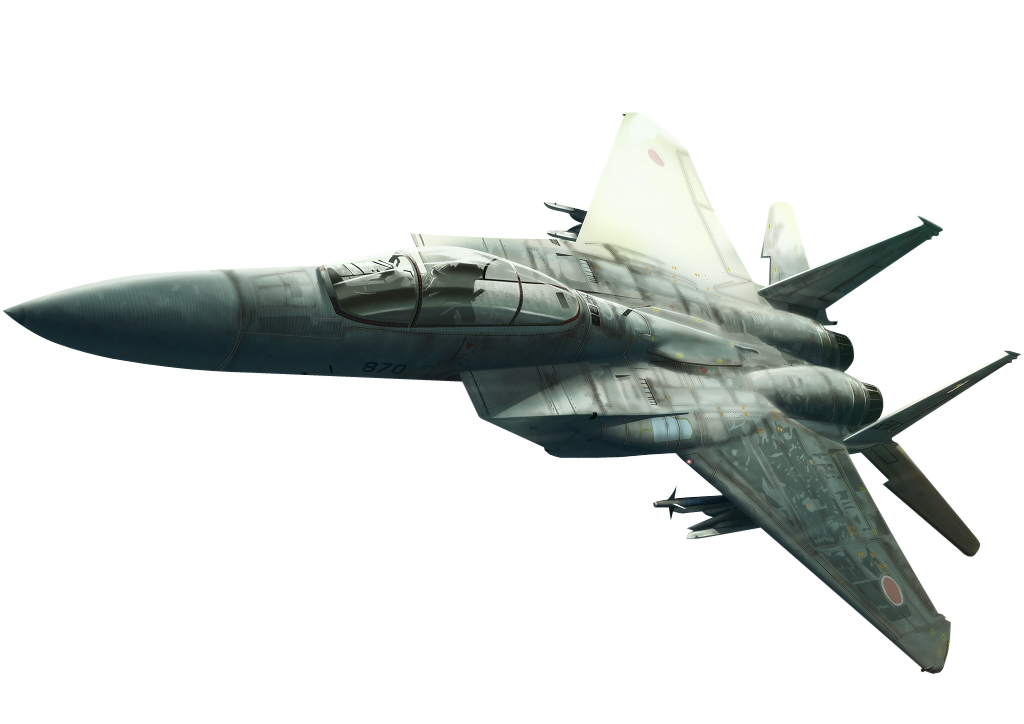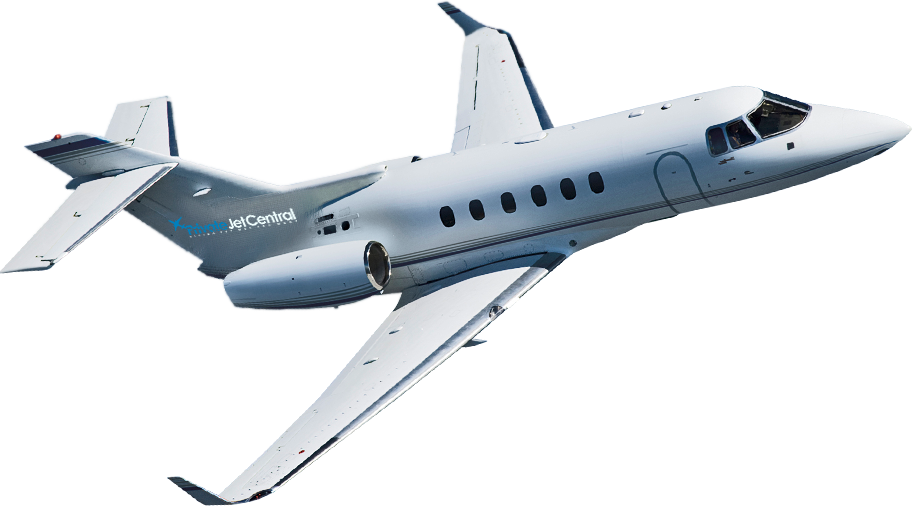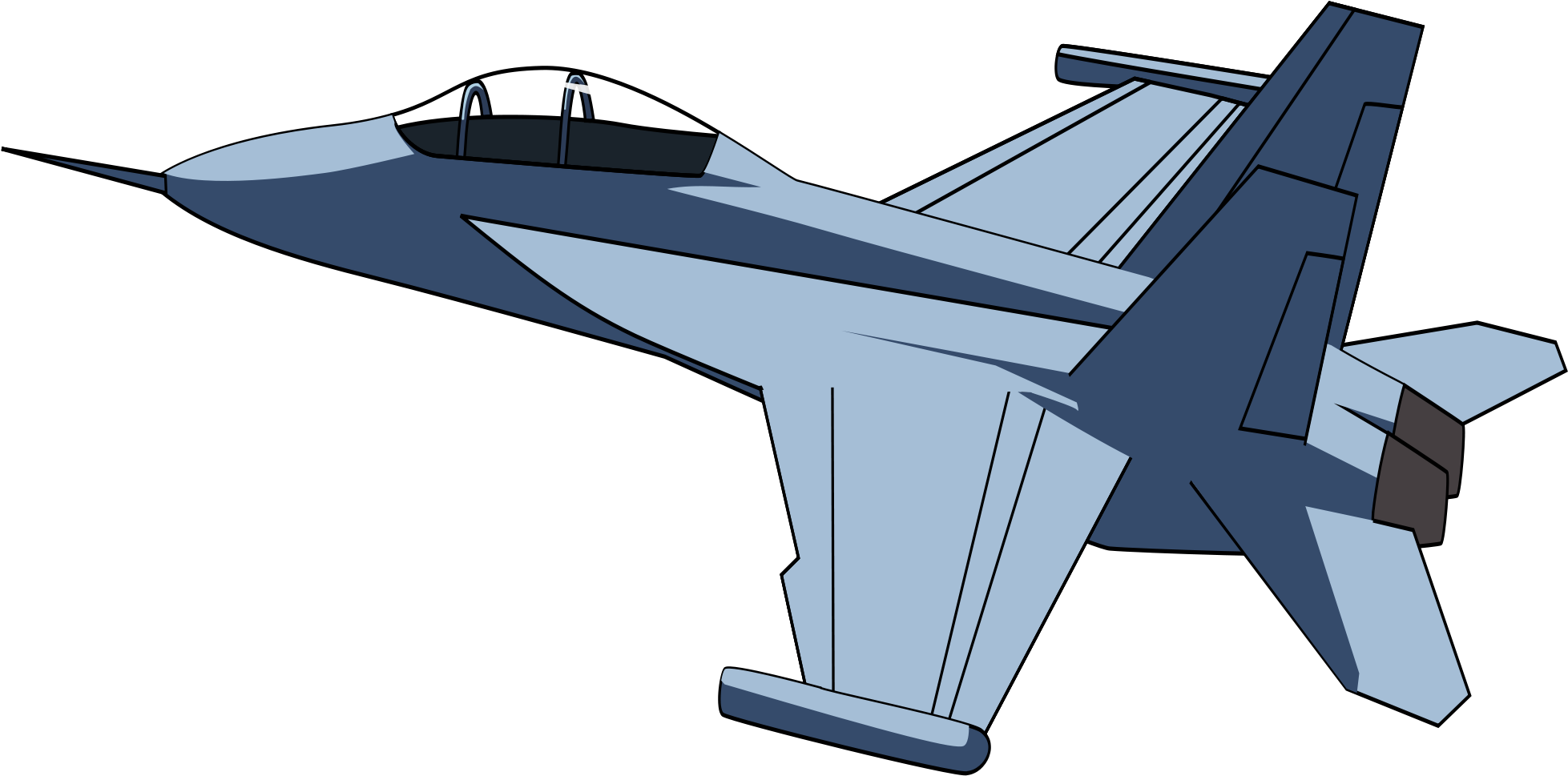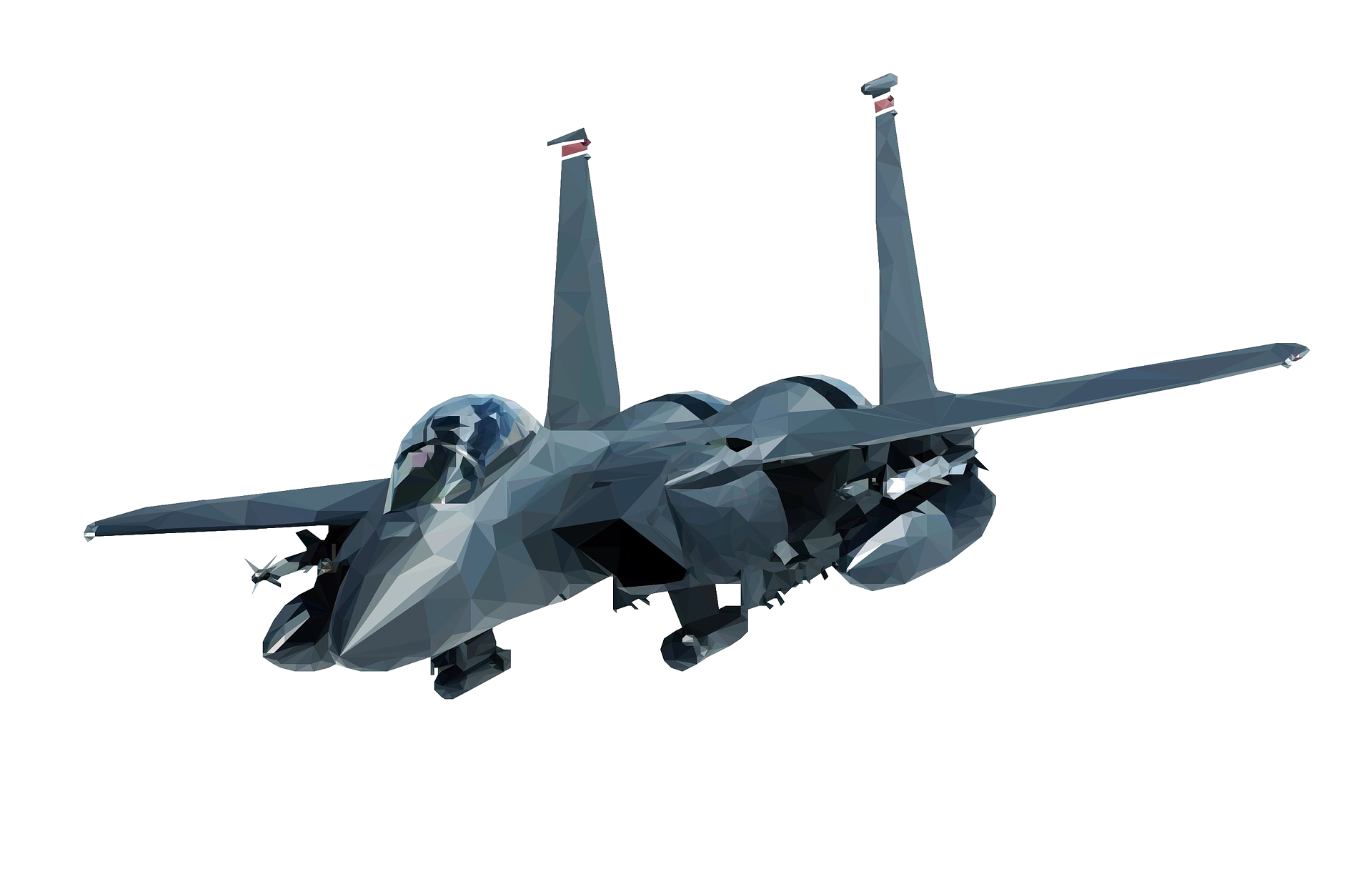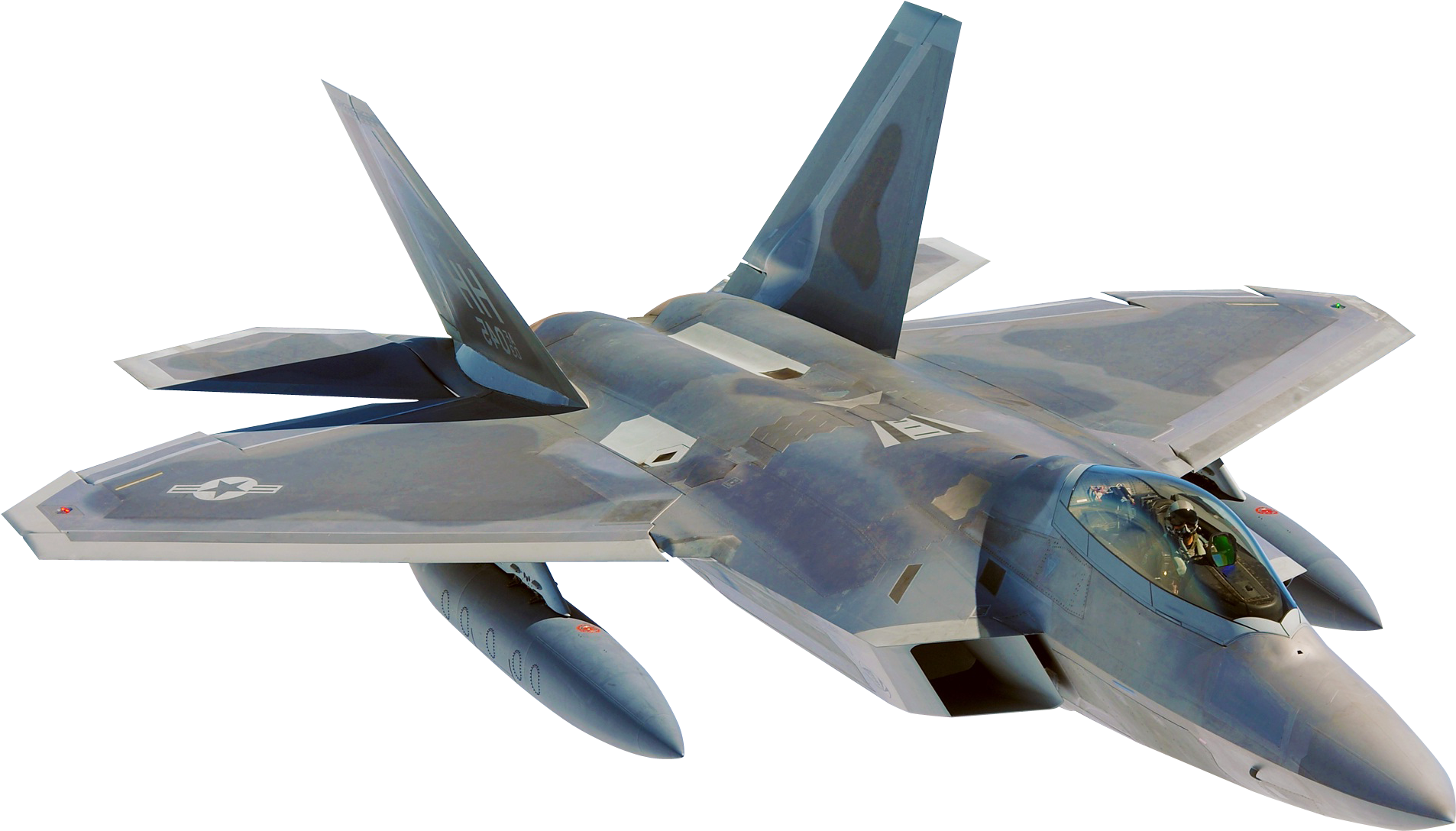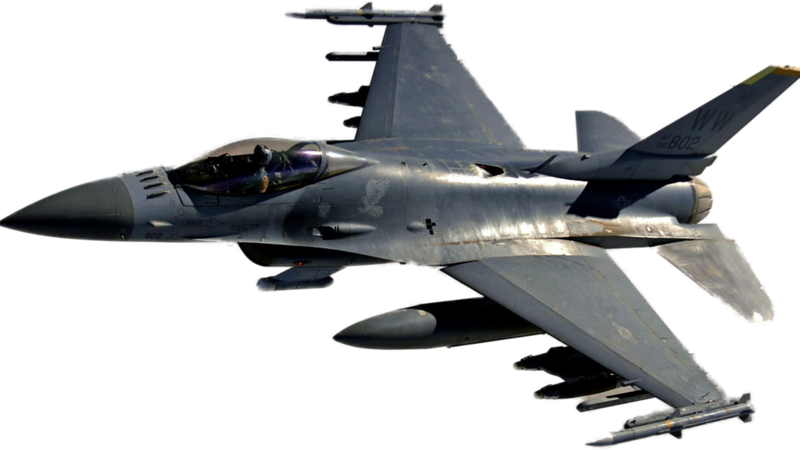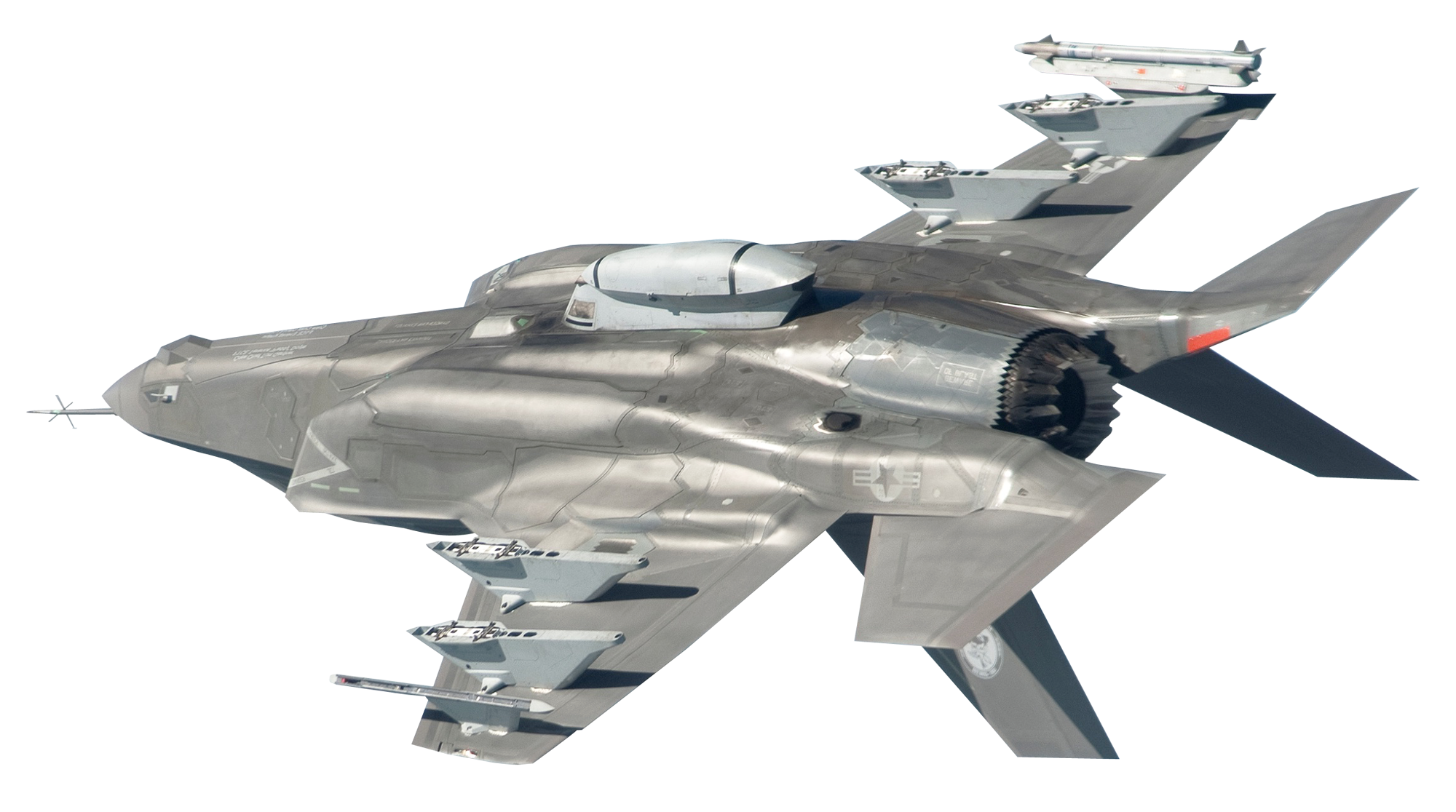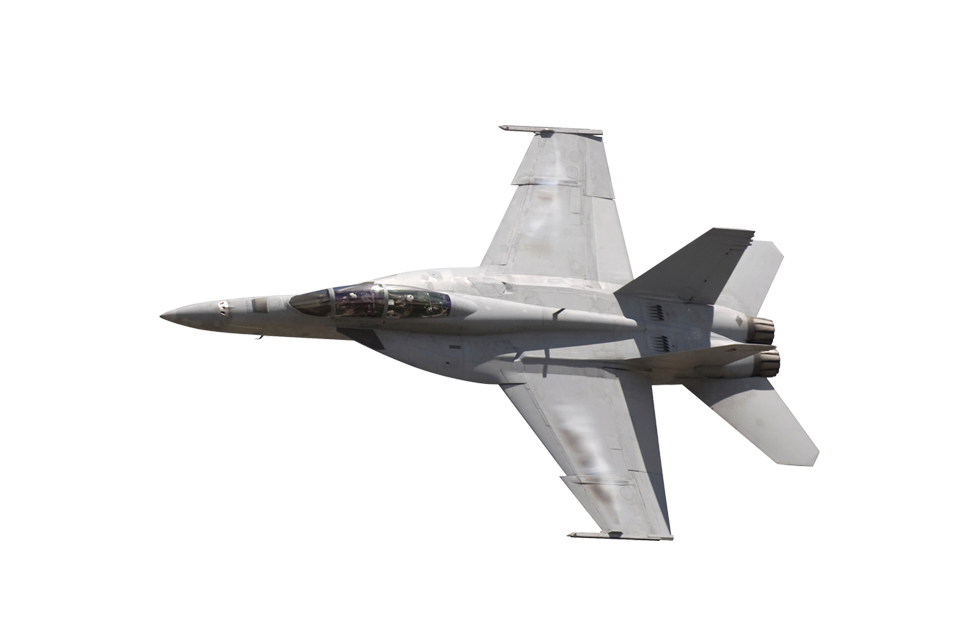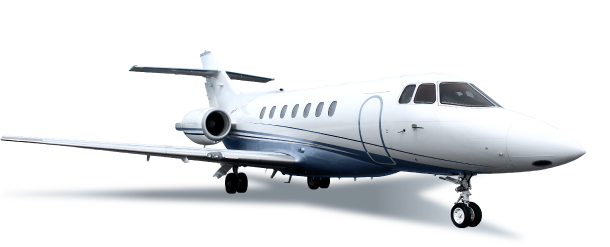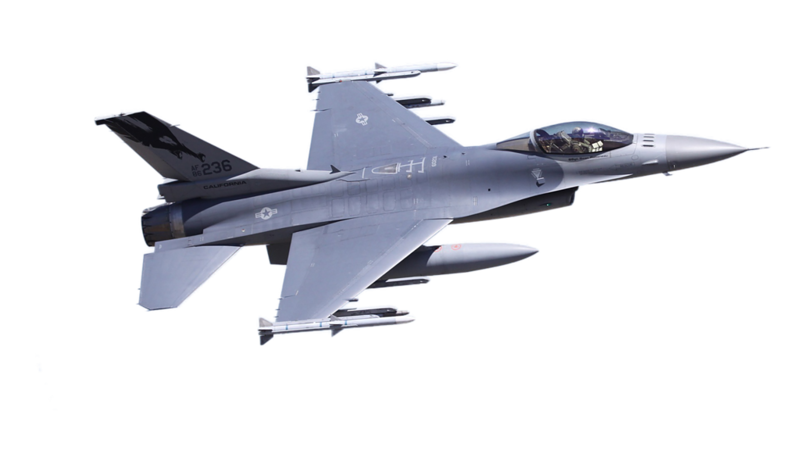Download top and best high-quality free Jet PNG Transparent Images backgrounds available in various sizes. To view the full PNG size resolution click on any of the below image thumbnail.
License Info: Creative Commons 4.0 BY-NC
A jet plane is a plane that is powered by jet engines.
Jet engines attain optimum efficiency at speeds close to or even well over the speed of sound, whereas propeller-powered aircraft engines reach maximum efficiency at considerably lower speeds and altitudes. Jet aircraft are most efficient at speeds of roughly Mach 0.8 (981 km/h (610 mph)) and altitudes of 10,000″15,000 m (33,000″49,000 ft) or higher.
Although the concept of a jet engine was not new, the technological challenges it posed did not begin to be addressed until the 1930s. In 1928, Frank Whittle, an English inventor and RAF officer, began work on a practical jet engine, while in the early 1930s, Hans von Ohain in Germany began work independently. The world’s first jet aircraft, the turbojet-powered Heinkel He 178, flew for the first time in August 1939. There are many different types of jet aircraft available, both for commercial and military use.
Following the first powered flight, many other jet engine designs were proposed. Systems for producing a jet outflow were proposed by René Lorin, Morize, and Harris.
After testing different jet engines, Romanian inventor Henri Coandă claimed to have created the Coandă-1910, a jet-powered aircraft, in 1910. However, to support this claim, he had to make significant changes to the drawings he used to support his later discredited claims. In actuality, the ducted-fan engine backfired, catching fire before any flights were accomplished, and it lacked practically every characteristic required of a jet engine, including fuel injection and any worry about hot jet exhaust being aimed towards a highly flammable fabric surface.
Several techniques were explored in the 1920s and 1930s. A wide range of aircraft propelled by jets, turboprops, pulsejets, and rockets were created. In Germany, rocket-engine development was underway, and the Lippisch Ente became the first aircraft to fly under rocket power in 1928. Previously, the Ente had been used as a glider. The Opel RAK.1 became the first purpose-built rocket aircraft to fly the following year, in 1929.
Frank Whittle and Hans von Ohain separately created the turbojet in the 1930s. On August 27, 1939, near Rostock, the Heinkel He 178 became the first turbojet aircraft to fly (Germany). The engine soon burnt up because the problem of “creep” (metal fatigue produced by high temperatures within the engine) had not been overcome.
The Italian Caproni Campini N.1 motorjet prototype, which flew on August 27, 1940, was the first public flight of a jet-powered aircraft. The Fédération Aéronautique Internationale recognized it as the first jet airplane (at the time the German He 178 program was still kept secret). In 1932, Campini began work on the motorjet, which varied from a genuine turbojet in that air was propelled by a piston engine rather than exhaust gas, making it a far more complicated solution.
The British experimental Gloster E.28/39, propelled by Sir Frank Whittle’s turbojet, got to the air for the first time on May 15, 1941. The Bell XP-59A was manufactured in the United States utilizing two instances of a General Electric Whittle engine that flew on October 1, 1942. The Meteor was the first production jet, with the first orders for production examples being placed on August 8, 1941, the prototype first flying on March 5, 1943, and the first production airframe flying on January 12, 1944, whereas the first orders for production Me 262 aircraft were not placed until May 25, 1943, and the first production Me 262 did not fly until March 28, 1944, despite the Me 262 program having begun earlier than the Meteor, as Projekt 1065, with initiating flight tests on August 8, 1941.
Download Jet PNG images transparent gallery.
- Jet PNG HD Image
Resolution: 800 × 400
Size: 32 KB
Image Format: .png
Download
- Jet PNG Image File
Resolution: 457 × 721
Size: 125 KB
Image Format: .png
Download
- Jet PNG Image HD
Resolution: 715 × 247
Size: 128 KB
Image Format: .png
Download
- Jet PNG Image
Resolution: 500 × 500
Size: 72 KB
Image Format: .png
Download
- Jet PNG Images HD
Resolution: 688 × 435
Size: 234 KB
Image Format: .png
Download
- Jet PNG Images
Resolution: 952 × 487
Size: 239 KB
Image Format: .png
Download
- Jet PNG Photo
Resolution: 600 × 495
Size: 174 KB
Image Format: .png
Download
- Jet PNG Photos
Resolution: 1024 × 724
Size: 318 KB
Image Format: .png
Download
- Jet PNG Pic
Resolution: 914 × 506
Size: 522 KB
Image Format: .png
Download
- Jet PNG Picture
Resolution: 3129 × 1351
Size: 410 KB
Image Format: .png
Download
- Jet PNG
Resolution: 1957 × 969
Size: 148 KB
Image Format: .png
Download
- Jet Transparent
Resolution: 1920 × 1251
Size: 485 KB
Image Format: .png
Download
- Jet
Resolution: 1906 × 1088
Size: 1708 KB
Image Format: .png
Download
- Jet Background PNG
Resolution: 732 × 242
Size: 124 KB
Image Format: .png
Download
- Jet No Background
Resolution: 800 × 450
Size: 283 KB
Image Format: .png
Download
- Jet PNG Background
Resolution: 750 × 195
Size: 93 KB
Image Format: .png
Download
- Jet PNG Clipart
Resolution: 2000 × 1116
Size: 1703 KB
Image Format: .png
Download
- Jet PNG Cutout
Resolution: 960 × 640
Size: 201 KB
Image Format: .png
Download
- Jet PNG File
Resolution: 610 × 247
Size: 75 KB
Image Format: .png
Download
- Jet PNG Free Image
Resolution: 800 × 450
Size: 172 KB
Image Format: .png
Download
